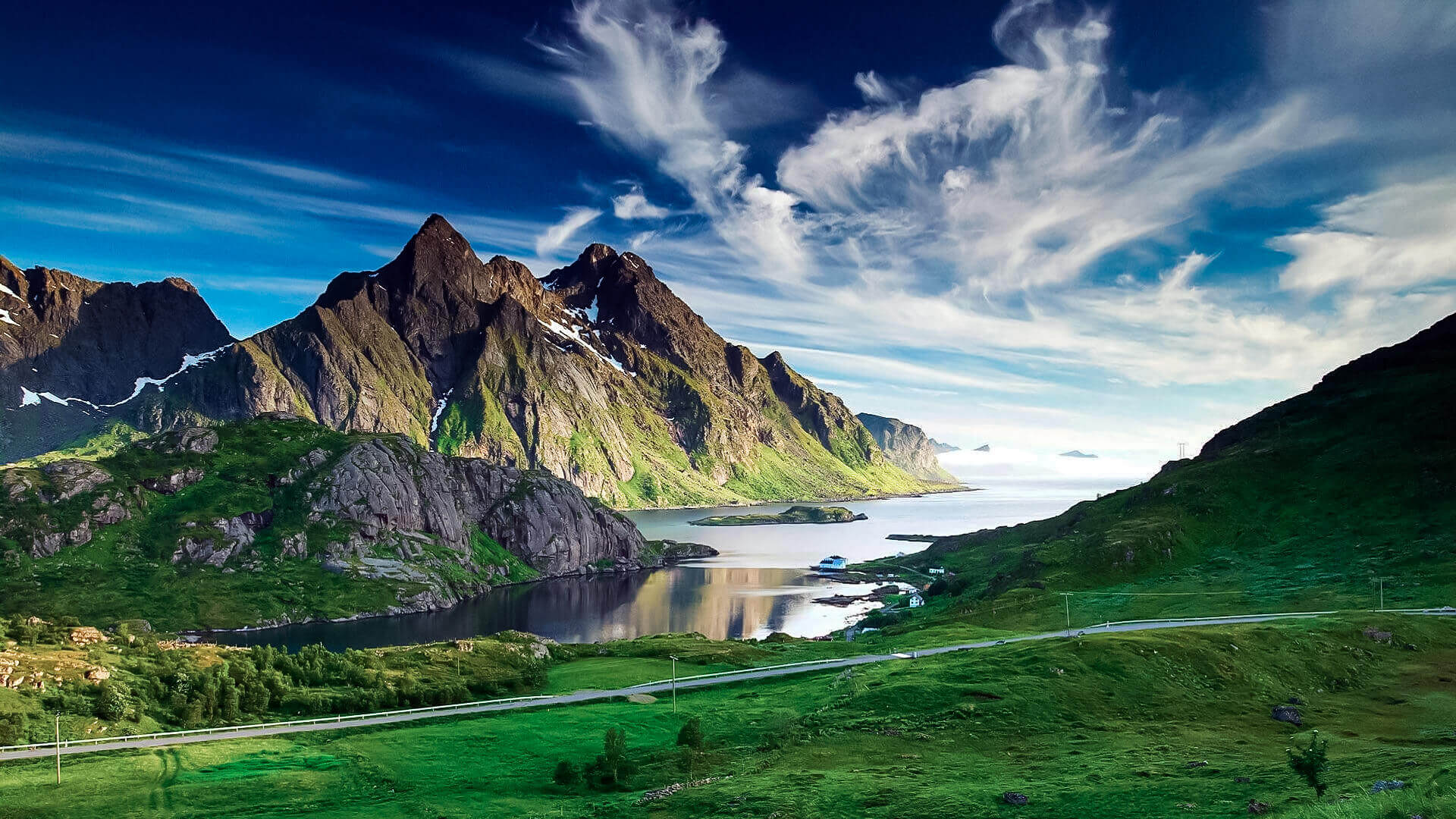Albert Wendt is a well-known Samoan author whose books and short tales depict the Samoan experience. Martyn Sanderson turned his book Flying Fox in a Freedom Tree into a feature film in New Zealand in 1989. Another book, Sons for the Return Home, was adapted into a feature film directed by Paul Maunder in 1979. John Kneubuhl, who was born in American Samoa, was a successful playwright, screenwriter, and novelist. Sia Figiel’s book “Where We Once Belonged” received the Commonwealth Writers’ Prize for fiction in the South East Asia/South Pacific area in 1997. Momoe Von Reiche is a well-known poet and artist on a global scale. Tusiata Avia is a poet who performs. Wild Dogs Under My Skirt, her debut collection of poetry, was released in 2004 by Victoria University Press. Dan Taulapapa McMullin is a writer and artist. Sapa’u Ruperake Petaia, Eti Sa’aga, and Savea Sano Malifa, the editor of the Samoa Observer, are among the other Samoan poets and authors.
Popular local bands in music include The Five Stars, Penina o Tiafau, and Punialava’a. Sweet Inspiration, a version by the Yandall Sisters, hit number one on the New Zealand charts in 1974. In 1999, King Kapisi became the first hip hop musician to win the coveted New Zealand APRA Silver Scroll Award for his song Reverse Resistance. The Reverse Resistance music video was shot in Savai’i among his villages. Scribe, Dei Hamo, Savage, and Tha Feelstyle are other famous Samoan hip hop singers whose song video Suamalie was shot in Samoa.
Lemi Ponifasio is an internationally renowned director and choreographer known for his dance company MAU. Black Grace, Neil Ieremia’s group, has also garnered worldwide recognition, with tours to Europe and New York. Hip hop has had a large influence on Samoan culture. “Hip hop culture in particular is popular amongst Samoan youth,” says Katerina Martina Teaiwa, PhD, of the University of Hawaii in Manoa. Hip hop music is popular in the United States, as it is in many other nations. Furthermore, the incorporation of hip hop components into Samoan culture “attests to the transferability of the dance forms themselves,” as well as the “circuits through which individuals and all their embodied knowledge move.” Dance, both traditional and contemporary, has remained a key cultural currency for Samoans, particularly adolescents.
Tautai is an artistic organization comprised of visual artists Fatu Feu’u, Johnny Penisula, Shigeyuki Kihara, Iosefa Leo, Michel Tuffery, John Ioane, and Lily Laita.
Sima Urale, the director, is a multi-award winning filmmaker. In 1996, Urale’s short film O Tamaiti received the coveted Best Short Film award at the Venice Film Festival. Apron Strings, her debut feature film, premiered at the 2008 New Zealand International Film Festival. Oscar Kightley’s co-written feature film Siones Wedding was a commercial success after screenings in Auckland and Apia. The Orator, released in 2011, was the first completely Samoan film, filmed in Samoa in Samoan, with a Samoan cast presenting a distinctively Samoan tale. Tusi Tamasese wrote and directed the film, which garnered widespread critical praise and attention at film festivals across the globe.
Laughing Samoans, the Naked Samoans, and Kila Kokonut Krew have all sold out tours.
Nathaniel Lees, an actor and director, has appeared in a number of stage plays and films, notably his role as Captain Mifune in The Matrix trilogy. Oscar Kightley, Victor Rodger, Makerita Urale, and Niuean Samoan writer Dianna Fuemana are among the published playwrights.


